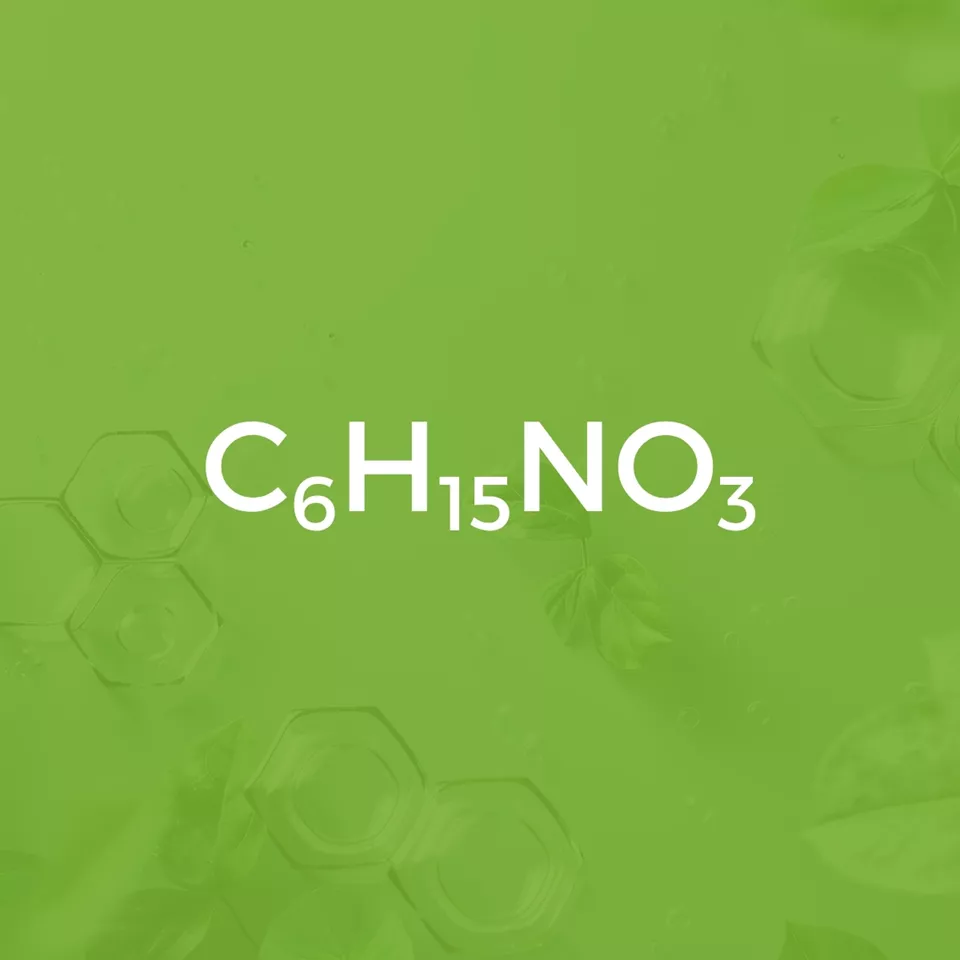
Triethanolamine TEA
TEA; 2;2';2''-nitrilotriethanol; Tri(2-hydroxyethyl)amine
Key applications
Raw materials for the tanning industry,
Raw materials for labolatories,
Raw materials for the metallurgical industry,
Raw materials for testile industry,
Raw materials for construction chemicals production,
Raw materials for household chemicals production,
Raw materials for paints and coatings production,
Raw materials for adhesives, oils, and lubricants production,
Raw materials for paper production,
Raw materials for plastics production,
Raw materials for operational fluids,
Cosmetic raw materials
Contact us
directly:
QUICK QUOTE FORM
What Is Triethanolamine and What Makes It Unique?
Triethanolamine (CAS 102-71-6), also known as 2;2′;2”-nitrilotriethanol, tri(2-hydroxyethyl)amine, or by its chemical formula C6H15NO3 is an organic compound widely used in the chemical industry. Under standard conditions, it appears as a colorless to pale yellow, viscous liquid with a characteristic, slightly ammonia-like odor. Its excellent solubility in water, alcohol, and glycol makes it a highly adaptable ingredient in various formulations.
Triethanolamine combines the chemical properties of both alcohols and amines, giving it the ability to regulate pH, act as an emulsifier, and chelate metal ions. With a high boiling point of around 335°C and low volatility, it is well-suited for demanding industrial applications that require fluid stability. In practice, triethanolamine is used both in its pure form and as a component in complex formulations.


Triethanolamine in Cosmetics
Triethanolamine (CAS 102-71-6) is a multifunctional ingredient widely used in cosmetic formulations. TEA enhances both the performance and sensory qualities of personal care and hygiene products. It regulates pH levels, supports the formation of stable emulsions, and boosts the effectiveness of other active ingredients in the formula. Thanks to its chemical structure, triethanolamine works well in creams, gels, lotions, and many other skincare products. It is valued not only for its functionality but also for its stability and versatility.
- Triethanolamine as a pH regulator in cosmetics: 2;2′;2”-nitrilotriethanol helps maintain the optimal pH level of cosmetic products, which directly impacts their safety, stability, and shelf life. It is most commonly used in emulsions, gels, toners, and shaving products – especially in combination with fatty acids, with which it forms stable salts that enhance product performance.
- Triethanoloamine as an emulsifier and emulsion stabilizer: Thanks to its hydroxyethyl groups, triethanoloamine facilitates the formation of uniform oil-in-water emulsions. It enhances emulsion stability, improves texture, and helps prevent separation. You’ll find it in a wide range of products, including creams, milks, lotions, and hair styling formulations.

Triethanolamine as a Versatile pH Regulator
Triethanolamine (TEA) is an effective pH regulator not only in cosmetics but also in a wide range of industrial applications. Its primary function is to maintain the proper acidity level in formulations, ensuring their stability, longevity, and safe use.
Triethanolamine (CAS 102-71-6) is used for this purpose in:
- water treatment applications, such as in swimming pools, where maintaining stable pH levels helps reduce equipment corrosion;
- agriculture and horticulture, for example in hydroponic systems or soil pH adjustment to enhance nutrient availability;
- laboratories, where it is used as a component in pH buffer systems and in auxiliary formulations for certain pharmaceutical applications.

Triethanolamine as an Emulsifier and Stabilizer
Triethanolamine also serves as an effective emulsifier and stabilizer across multiple industries. Its chemical structure allows it to combine aqueous and oily phases, promoting the formation of uniform and stable emulsions.
2;2′;2”-nitrilotriethanol is used as an emulsifier and stabilizer in the production of cosmetics and other products, including:
- Household chemicals: In cleaning agents and detergents, triethanolamine stabilizes mixtures and improves viscosity. This results in more uniform products that spread more easily and retain their functional properties even during long-term storage.
- Paints and oils: In water-based paints, triethanolamine plays a dual role – regulating pH and stabilizing pigment and binder dispersions. It helps prevent paint separation and improves flow properties, directly contributing to coating quality.
- Adhesives, lubricants, and technical oils: In industrial formulations, triethanolamine helps create stable emulsions and prevents sedimentation of ingredients. As a result, the final products are more homogeneous and effective in performance – for example, in anticorrosive, cooling, or lubricating applications.
- Construction chemicals: Triethanolamine supports the stability of polymer emulsions used as additives in tile adhesives, plasters, and sealing coatings. It facilitates the blending of water-based and polymer components, improving workability and enhancing the durability of the final product.

Triethanolamine in the Textile Industry
In the textile industry, triethanolamine acts as a softening agent and an auxiliary component in fabric finishing processes. Its ability to bind with water and its compatibility with other chemical agents help improve fiber softness and elasticity, directly enhancing the comfort of finished materials.
Triethanolamine is used in the production of everyday textiles such as clothing and home fabrics and technical materials applied in industry, construction, or protective workwear. In finishing formulations, it helps ensure even fabric coverage, supports antistatic treatments and improves dyeability and further processing. Triethanolamine may also serve as a carrier for auxiliary substances in softening and impregnation processes.

Other Applications of Triethanolamine
- In the metallurgical industry and technical chemistry, triethanolamine is used as a chelating agent for metal ions, helping to protect equipment from corrosion and stabilize cooling and lubricating fluids.
- In paper chemistry, it can act as a sequestrant, preventing the precipitation of metals from process water.


Why it is worth cooperating with us?
Order quickly, efficiently, reduce risk.
The chemical raw materials you’re looking for are in our warehouses
Our own warehouses, fleet of trucks, and stable supply chain mean wide availability and fast order fulfillment
No worries about the quality of chemical raw materials
Concrete actions, not just words, confirm the quality of the materials we offer. It’s our implemented ISO system, HACCP and GMP+ certification, or the GMP+B4 fleet standard
Risk minimized to the minimum
We fully control the supply chain in Poland and worldwide. We have our own fleet of trucks, warehouses, customs warehouses, and a platform for container transport.
Convenient packaging with customization options
Bags, big bags, tanks, pallet containers, barrels, jerrycans, bottles... we tailor the packaging to your needs. We can also provide personalized labels for you.
Partnership at every stage
We respond to inquiries within a maximum of 30 minutes, assign a dedicated account manager, keep our promises, and focus on long-term cooperation.
bonded warehouses
years of experience
trading partners from all over the world
trucks
countries we cooperate with
warehouse area
